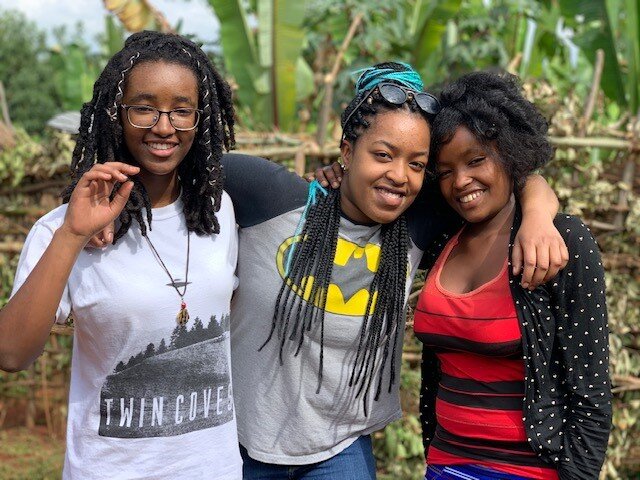Approaching high school graduation, a young person may dream of continuing their education, entering a job with a clear path for advancement, or purchasing a home. These are the aspirations of a prosperous future. But without financial means these aspirations, that future, are unattainable—for many, unimaginable.
We believe that a modest amount of money can yield an enormous difference in making the unimaginable not only imaginable, but attainable.
How It Works
Children’s Savings Programs are set up for young children which they can redeem when they graduate high school (or equivalent). These programs help children — especially those from low-income families — build savings for the future to accomplish their dreams of going to college, starting a business, buying a home, or simply obtaining financial stability.
Children’s Savings Programs have quickly gained traction across the country, as an effective proponent of economic mobility. At the end of 2023, there were more than 5.8 million children and youth enrolled in 121 active children’s savings programs operating in 39 states and DC.
Traditionally, most programs are administered by local nonprofits working in the community and funded through public-private partnerships between government agencies, local school systems, and philanthropic partners.
In addition to the funding, students often have an opportunity to work with a nonprofit community partner to support their ongoing success, including receiving coaching and resources on how to build assets and be ready for adulthood.
In 2024, The Community Foundation was proud to launch Brilliant Futures, a Children’s Savings Pilot Program designed to give children in Montgomery County and Prince George’s County a launchpad for success.







The big payback
Researchers for the Annie E. Casey Foundation found, through economic modeling, that children’s savings programs with an initial deposit of $7,500 could close the racial wealth gap in a community by as much as 28 percent. Additionally, a 2013 study found that children from low-median income families who have children’s savings accounts are three times more likely to enroll in college and four times more likely to graduate from college when compared to children with no such asset.
This country has a history of sweeping actions that have dramatically altered the distribution of wealth, including the Homestead Act of 1862 and the GI Bill of 1944. Children’s savings programs have the potential to bring about that kind of change in the distribution of opportunity—and wealth—for the 21st century.
Read More
Both scholarly articles and popular media offer detailed information on the success of children’s savings programs in communities across the country. Some selections:
Investing in Tomorrow: Helping Families Build Savings and Assets, Annie E. Casey Foundation
The Roots of the Widening Racial Wealth Gap: Explaining the Black-White Economic Divide, Institute on Assets and Social Policy, Brandeis University
Sustaining the Movement / The State of the Children’s Savings Field 2020, The Campaign for Every Kid’s Future
A Review of Children’s Savings Accounts, The Urban League
Differences between Children’s Savings Accounts and 529 Plans, Saving for College







